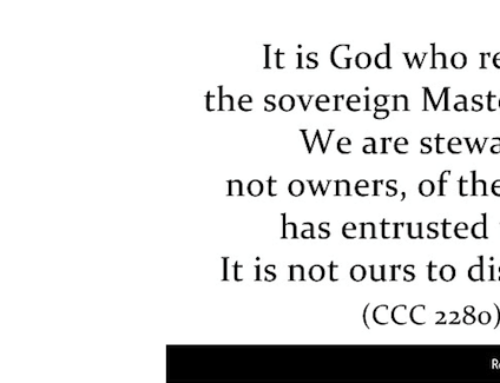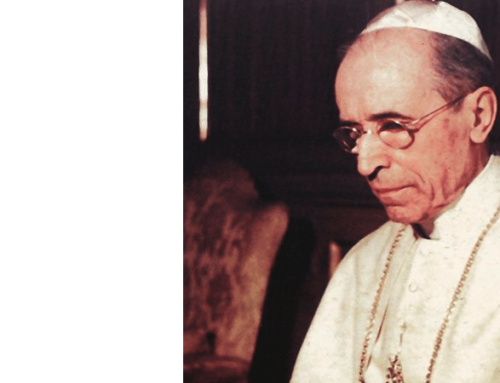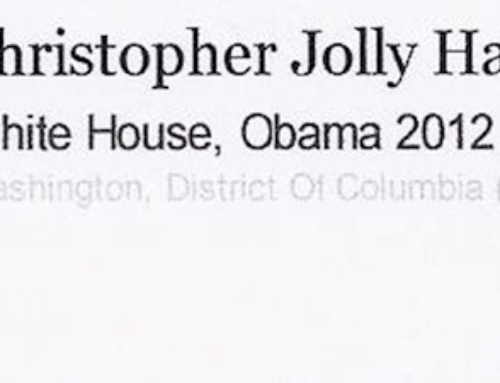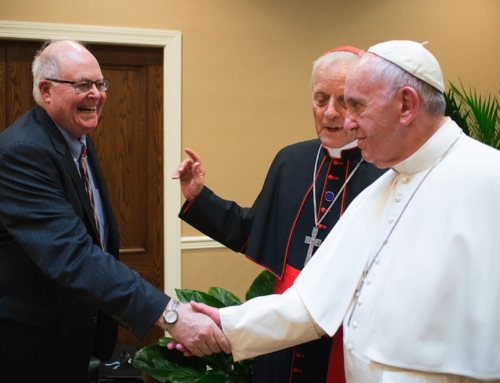by Kenneth D. Whitehead
(Catalyst 4/04)
Many of the attacks on Mel Gibson’s “The Passion of the Christ” should have been expected. They have mostly come from secular liberals who have already manifested their hostility to Christianity in the public life of the United States. As some wag noted almost as soon as the movie was announced: “If you didn’t like the book, you won’t like the movie.” Those who have characterized Mel Gibson’s graphic depiction of the sufferings of Christ as “pornographic” surely mostly have no objections to actual pornography, and so what are they so upset about?
Probably it goes back to their intense dislike of seeing authentic Christianity portrayed in a serious way in a society which has supposedly left all that behind as an outmoded (but still dangerous) superstition.
It is disappointing, though, when not just knee-jerk secular liberals but prominent conservatives whom Catholics have generally had cause to admire—for many of their positions on the right side in our current culture wars—find it necessary to join in the by-now unprecedented chorus of frantic and sometimes even hysterical criticism of “the Passion.” Talk about hate speech! The very thing Mel Gibson was supposedly fomenting against the Jews is what has relentlessly been directed against him!
So it is disappointing when respected figures such as historian Gertrude Himmelfarb and columnist Charles Krauthammer, in columns published in The Washington Post(3/5 & 3/7/04), decide they have to join the jeering chorus of the Christianity-despising cultural elites. The criticism of these elites has long since exceeded the bounds of the respect which citizens in a pluralistic society ought to have for the religious beliefs of others, and, too often, beyond the bounds of common decency itself.
Professor Himmelfarb, like so many of the earlier critics of the film, does not even think it is necessary to go see it. Rather, she is concerned about its effect as a “phenomenon” on the “culture.” “Depictions of violence and barbarity that may have spiritual meaning for a particular faith,” she writes, “may not only be derogatory to another faith but also detrimental to society.” She goes on:
“How would we (Gibson and all the rest of us) feel if a Hollywood producer (a Hollywood so notoriously populated by Jews) made a film in the same ‘over the edge’ spirit vaunted by Gibson, dramatizing another historical event—the auto-da-fé in Spain in February, 1481, for example, in which six men and six women conversos (Jewish converts to Christianity) were tortured and burned alive at the stake, while richly robed prelates presided over the scene?”
How would we feel, indeed? This is not a bad description of how practically every Hollywood film ever made has regularly depicted the Spanish Inquisition! The same thing is true about how it has normally been described in fiction and drama, including Dostoyevsky’s Grand Inquisitor in The Brothers Karamazov as Exhibit A. The Spanish Inquisition is virtually always depicted as a malevolent and sinister “Catholic” thing, “while richly robed prelates preside over the scene.” This is a burden that has long and consistently been laid upon Catholics. Does Professor Himmelfarb know of a single popular presentation of the Spanish Inquisition which does not do this?
Lost in the confusion about what everybody “knows” the Inquisition was, are the facts that it was more an affair of the Spanish monarchy than of the Catholic Church as such; and, by the (exceedingly brutal) standards of the time in both Protestant and Catholic Europe, it was relatively fair—it quite rigorously followed a fixed procedure and “rule of law” that resulted in a high percentage of acquittals. Finally, compared to the totalitarianisms ushered into the world following the Enlightenment, the numbers of its victims were miniscule.
Professor Himmelfarb fears a “coarsening of religious sensibility evident in the response to this new Passion play, as if the message of Jesus is validated only by [the] degree of suffering, torture, violence….” Why is it, in a Hollywood given over generally to the portrayal of violence, that only Mel Gibson’s film is suddenly going to bring all this about? What about how Hollywood with equal regularity depicts Christians today as deluded simpletons, killjoy puritans, or ignorant fanatics hardly distinguishable from members of the Taliban? How is “religious sensibility” affected by all of this? As for concentration on “suffering, torture, and violence,” what are we to think of, for example, the Holocaust Museum, in which all these same things are relentlessly portrayed?
Syndicated columnist Charles Krauthammer presents a much harder case. The title of his Washington Post column is “Gibson’s Blood Libel.” He thus deliberately revives the term once used to stir up persecutions of the Jews with false accusations of ritual murder, poisoning of the wells, and such. To employ such a loaded term while accusing Gibson of “interreligious aggression” cannot but recall that old pot that called the kettle black. It ill befits Krauthammer to describe anyone as “vicious” while showing himself capable of using a term that brands Gibson as worse than a criminal.
It is sadly true, of course, that Jews have been persecuted by Christians in various times and places. This is something contemporary Christians must not only deplore but take active measures to prevent any recurrence of—as Charles Kraut-hammer recognizes the Catholic Church did at Vatican Council II. At the same time, the grim picture he paints implying that historical relations between Jews and Christians consisted of an almost unrelieved record of oppression of the former by the latter is a gross simplification.
In the early centuries it was the Jews who persecuted the Christians. The Talmud composed back in those days contains slanders against the Christians that easily rival those directed by modern anti-Semites against the Jews. Early Christian writers were well acquainted with such slanders when penning replies to them in kind for which they are today reproached as “anti-Semitic.” It is unfortunately true that, down through history, not all Christians have consistently followed Jesus when he prayed, “Father, forgive them, for they know not what they do.” Nevertheless, the idea that the persecution of Jews by Christians, when it occurred, was always something arbitrary and unprovoked, will not stand up to historical examination.
For one thing, in later centuries, the Jews constituted a minority that would not assimilate into the Christian society of the day. While this in no way justifies persecution of them, this was not always seen at the time, and the fact of it at least makes it more understandable when it did occur. There are today many sad examples of how minorities and outsiders are badly treated by “host” societies and cultures. It is a not uncommon phenomenon in human societies. And, in medieval times, when faced with a group that expressly denied the faith that the whole of society then mostly affirmed, Christians were seriously concerned.
Charles Krauthammer’s account, though, implies that Christian anti-Jewish sentiment was constant and consistent until Vatican Council II was brought to see the light in the wake of the horrors of the Nazi Holocaust against the Jews. This fails to recognize that it was the Church, particularly the popes, that were often the protectors of the Jews from popular outbreaks against them. Pope St. Gregory the Great (590-604) strongly condemned violence against them, called for respect for their worship and liberty of conscience, and counseled equity and kindness towards them. Quite a while before Vatican II, the Second Council of Nicaea (787) decreed that the Jews should be allowed to “be Hebrews openly, according to their own religion.” A papal bull of Pope Calixtus II (1190) condemning violence against the Jews and attempts to baptize them under constraint was confirmed at least twenty-two times up to the middle of the eighteenth century. And these are only a few of the more salient efforts of the Catholic Church and her bishops in favor of the Jews in the course of European history.
Charles Krauthammer’s historical account is thus both skewed and simplistic. That he fails to distinguish between a religious animus and the murderous modern ideology of the Nazis is another mark against him. He draws a direct line between the “blood libel” idea he has revived and the “six million Jews systematically murdered in six years” in wartime Europe. These six million should decidedly never be forgotten. But what “blood libel” does he think is responsible for the mass murder by those same Nazis of some nine million additional non-Jewish victims, of whom at least three million were Polish Catholics (not to speak of yet three million more Russian prisoners of war exterminated by the Nazis)?
No space remains to discuss his distorted view of the film itself, which he believes is untrue to the accounts recorded in the Gospels. He needs to read the Gospels! He objects in particular to the scourging, but does he have any idea of what was involved in a Roman scourging? The Romans employed a flagellum consisting of leather thongs with sharpened metal points, the effect of which could only have been what the film depicts.
His worst mistake, however, is to imagine that the “sinister, hooded” figure of Satan shown “moving among the crowd of Jews” is or was in any way intended to be directed against them. No Christian, viewing the film, would ever understand this portrayal of Satan as anything but a portrayal of Satan moving among us, as Mel Gibson surely intended.
Kenneth D. Whitehead is a former Assistant Secretary of Education in the Reagan Administrations and a member of the Board of Directors of the Catholic League.








